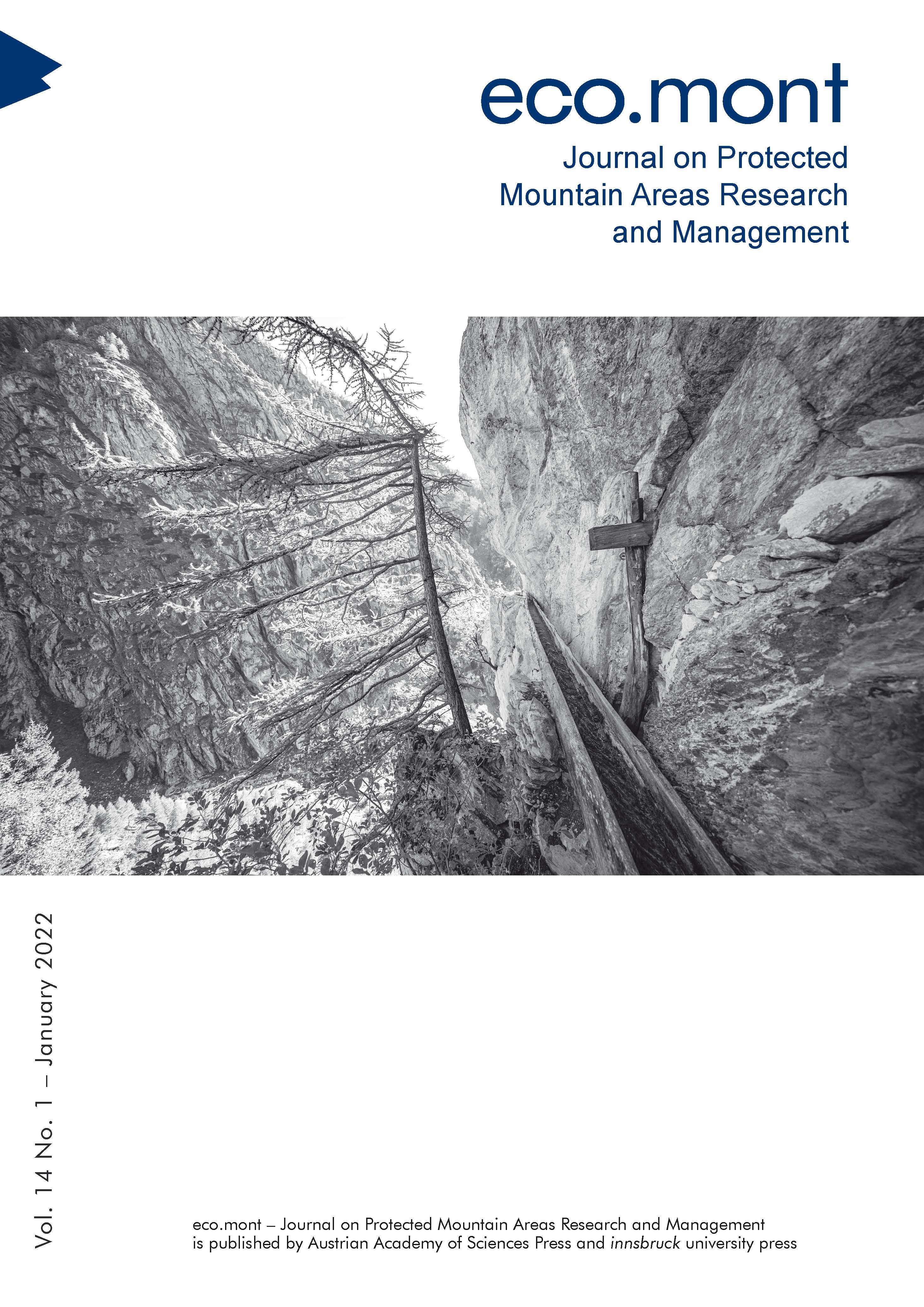
Eco.mont Vol. 14 Nr. 1, pp. 25-32, 2021/12/30
Journal on Protected Mountain Areas Research and Management

Paeonia decomposita is on the IUCN’s Red List of endangered species, and occurs only in the northwest part of Sichuan Province, China. For the effective protection of the species, it is important to evaluate the suitability of potential habitats for P. decomposita and natural factors that influence the species. Based on the actual distribution points of P. decomposita in northwest Sichuan from 2016 to 2018, the Maximum Entropy Model (MaxEnt) was used to analyse the main factors affecting its habitat, and to predict suitable habitats. The results show that: (1) the model has high accuracy and is suitable for the prediction and evaluation of habitat suitability for P. decomposita; (2) temperature, slope, precipitation and moisture index will all greatly affect P. decomposita’s distribution; (3) the areas that are potentially suitable for P. decomposita are mainly in Mianyang, Aba, Ganzi and Liangshan, which are greatly affected by human activities; effective protection measures have not been taken. It is proposed that new reserves for the introduction of P. decomposita should be established in areas of high or moderately high suitability. A programme of cultivation of this rare species should also be set up.
Keywords: Paeonia decomposita, MaxEnt, habitat, suitability evaluation, Sichuan province